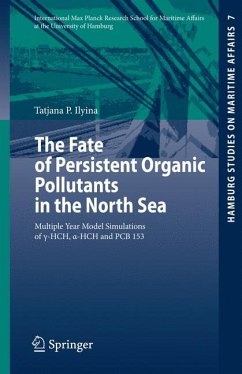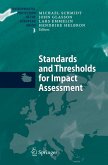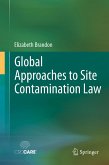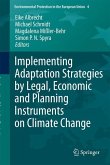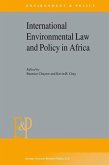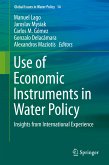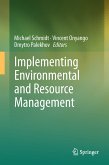Dieser Download kann aus rechtlichen Gründen nur mit Rechnungsadresse in A, B, BG, CY, CZ, D, DK, EW, E, FIN, F, GR, HR, H, IRL, I, LT, L, LR, M, NL, PL, P, R, S, SLO, SK ausgeliefert werden.
"The findings represent the best scientific basis presently available for assessing and controlling the spreading and fate of organic pollutants in the North Sea. Such an approach provides a valuable aid for national and European marine environmental policymakers. Moreover, this approach can be applied to endangered shelf seas in other parts of the world." (International Journal of Environmental Analytical Chemistry, Vol. 87 (7), 2007)

